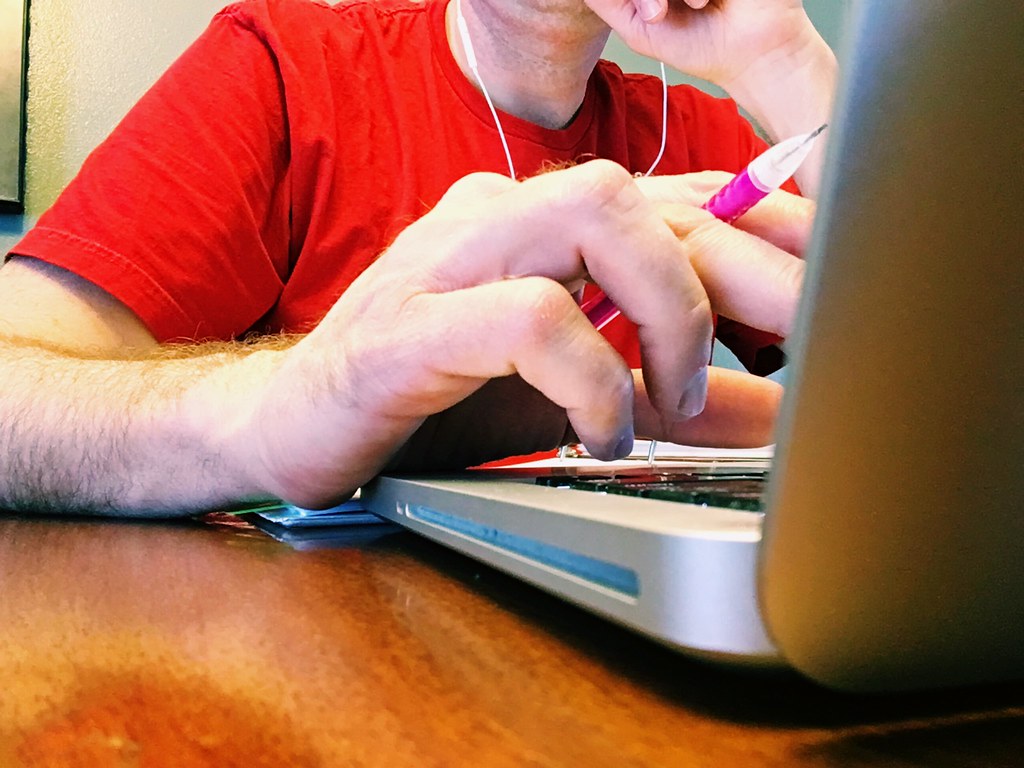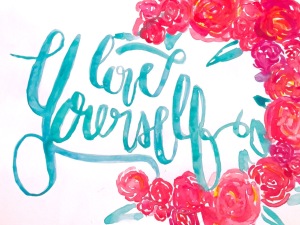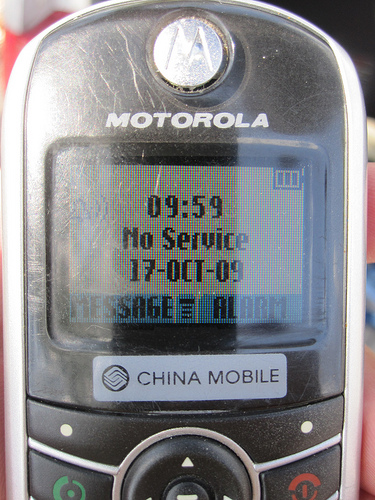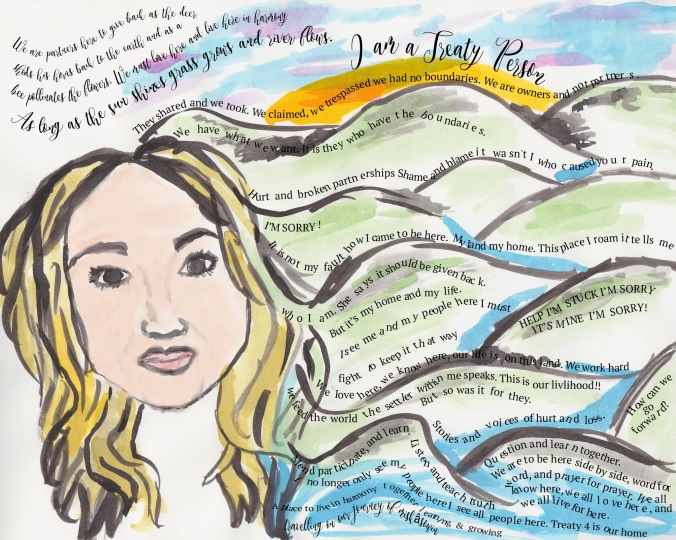
davidmulder61 Flickr via Compfight ccFollowing a variety of my peers’ Learning Projects I saw many learning American Sign Language. I was inspired by the way they used technology to learn an important communication tool, and I could see the connection from what they were learning in relation to having an inclusive classroom. I began to think how I can use technology to differentiate learning, and create an inclusive classroom environment. I would like to thank Dakota Browne & Brittany Jefferson for their inspiration please, click on their names to see their ASL journey!
With a question, I began researching how I could use technology to create an inclusive classroom environment. I had a goal to collect information, resources, and ideas. To begin I set out to one of my favourite exceptionality resources LD online a website with articles and information for educators about learning disablilities and ADHD. It is there where I came across Jane Quenneville’s article Tech Tools for Students with Learning Disabilities: Infusion into Inclusive Classrooms. She described the great benefits that assistive technology can bring to a classroom specifically in writing, reading, math, and spelling. She also said an important component to using assitive tech in the classroom is collaboration with assistive tech specialists. In Saskatchewan you could connect with the Neil Squire Society a non-profit organization dedicated to supporting those who need assistive tech.
Why use Assistive Tech or Tech that supports students with exceptionalities?
- Can benefit students in a variety of subject areas
- Increases the assignment completion
- Improves student motivation
- Supports objectives of inclusive classrooms
Apps & Technology to Support an Inclusive Classroom
Reading
Speak It!: Speak It! is a great text-to-speech solution that can allow students with reading disabilities to get a little help with reading when they need it.
Prizmo: With Prizmo, users can scan in any kind of text document and have the program read it out loud, which can be a big help to those who struggle with reading.
Alphabet Zoo: Alphabet Zoo app is a great tool for helping young readers to recognize letter sounds. Using text and pictures of animals, kids can build their reading skills while having fun.
See Read Say: This application will help to ensure that young learners are familiar with all of the Dolch sight words (the most common words), using games, activities, and tons of practice.
Writing
iWriteWords: An app designed to encourage fine motor skills using IWriteWords for practicing writing letters, numbers, and words.
Dragon Dictation: The application writes down spoken text. For students who struggle with writing, it can be a great way for them to jot down ideas or get help learning.
Sentence Builder: Through this application, elementary school children will learn how to build grammatically correct sentences, with a special focus on using connector words
AlphaWriter: Using Montessori-based learning methods, this application helps kids to learn how to read, write, and spell phonetically. It also teaches lessons on consonants and vowels, letter sounds, writing stories, and much more.
Intellitalk, Kid Works, Read & Write, Write Out Loud: Talking word processors that five students feedback on the writing process.
Word Prediction Programs & Portable Note Taking Devices
Math
Talking Calculator: Talking Calculator features large colorful buttons, creating an easy-to-use interface. Plus, as the app’s name suggests, the calculator talks. Put your finger on the screen and Talking Calculator tells you what button your finger hovers over. Perform a calculation and the calculator vocalizes the answer.
Virtual Manipulatives!: Another math-related app, Virtual Manipulatives! uses visuals to effectively teach fractions, decimals and percentages.
There is a large amount of apps, software, and devices to provide support for students with exceptionalities in the classroom. It is important that all students feel welcome and are provided with learning experiences that address their needs. Assistive technology can be a great support for all students.
Resources on Assistive Tech & Tech in the Inclusive Classroom
Teaching Students with Visual Impairments – Assistive Technology
Using Technology to Empower Students with Special Needs – Assistive Technology
LD Online – Technology
Assistive Technology for Kids with Learning Disabilities
The Best Apps for Learning Sign Language
Assistive Technology for Students with Hearing Impairments
** Please note that as educators we must respect the members of the deaf community and their views of assistive technology.
Complete Guide to Educational and Exceptionality Apps
I hope this blog post can be of help to anyone considering the ways that assistive technology and apps/software that support students with exceptionalities can benefit your classroom!
Brooke













 not just the people I knew were liking my post other hand letterers were liking them as well. Instagram was my main source of information, and my main motivator. Opening Instagram to see all of these great ideas and pieces of art made me want practise and build my skills more. No matter what creative art you are learning Instagram is a great resource. Simply do as I did, begin by searching hashtags, follow people, and then begin connecting and learning from them.
not just the people I knew were liking my post other hand letterers were liking them as well. Instagram was my main source of information, and my main motivator. Opening Instagram to see all of these great ideas and pieces of art made me want practise and build my skills more. No matter what creative art you are learning Instagram is a great resource. Simply do as I did, begin by searching hashtags, follow people, and then begin connecting and learning from them. I realize that this was an online learning process but, one of my favourite Instagrammers
I realize that this was an online learning process but, one of my favourite Instagrammers 















